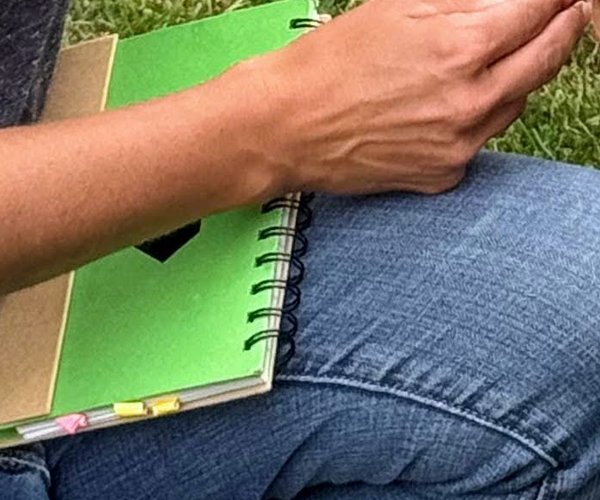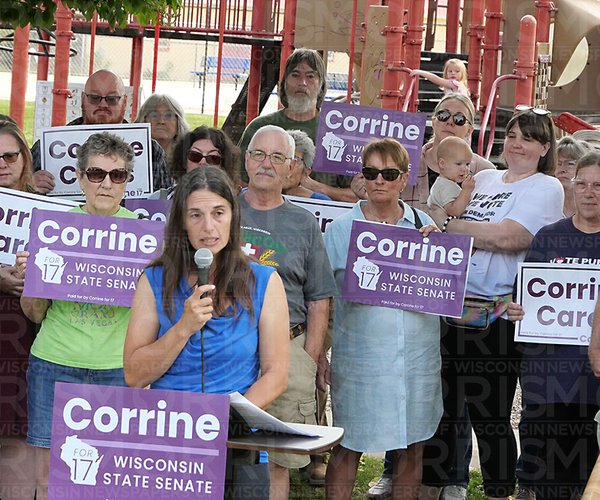By Corrinne Hess
Wisconsin Public Radio
Preliminary results show many Wisconsin school districts successfully made the case to voters Nov. 5 that schools were in need of additional tax support.
Voters in 137 school districts were asked to approve increased funding for schools. A preliminary analysis by the Wisconsin Policy Forum found 107 referendum questions passed, while 30 failed.
Ari Brown, a researcher with the Policy Forum, said the outcome is better than expected, but shows that over time school districts have gotten better at choosing when to put referendums on the ballot and how to word the questions.
“In general, a school district is going to try to avoid going to referendum unless it knows with a pretty high degree of certainty that it has a good chance of succeeding,” Brown said. “That said the passage rate is still lower than in all presidential and midterm election years since 2014.”
State Superintendent Jill Underly said she believes voters realized the value of public education and understood schools need sustainable funding to operate.
“Our state legislature has severely underfunded public schools for well over a decade, and it has led to a record number of districts going to referendum to try and fix severe financial constraints on their own,” Underly said in a statement. “Too many communities were forced to vote Tuesday whether to increase property taxes just so their local schools can pay staff, heat and cool their buildings, and provide a quality education.”
School districts are funded by a mix of taxpayer dollars, state and federal aid.
The 2023-25 state budget included an annual funding increase for public schools of $325 per student to the state-imposed limit on revenues districts can receive in school aids and local property taxes combined.
While this provides some relief, school districts say it didn’t catch them up from a freeze in state revenue caps in the previous two-year budget, or the declining enrollment many public school districts are experiencing.
Wisconsin ended its 2024 fiscal year in June with a $4.6 billion state budget surplus. The state’s “rainy day” fund hit a record-high of $1.9 billion.
“We must reinvest in our public schools and the future of our kids,” Underly said. “The upcoming biennial budget provides yet another opportunity for the legislature to uphold its responsibility to appropriately fund public schools, and to stop forcing Wisconsin communities to make impossible choices.”
Madison Metropolitan School District passes two referendums, deficit remains
Voters in Madison approved two referendums totaling more than $600 million.
The first, for $100 million, will help the school district cover its operating costs. The second, for $507 million, will renovate and replace aging buildings.
In a statement, Superintendent Joe Gothard and school board president Nichelle Nichols said the “yes” votes mean the district will be able to attract quality staff and expand programs including 4K and early literacy, multilingual education and career exploration in middle school.
“We are excited that 10 of our schools will be transformed with the ‘yes’ vote for district facilities,” the statement said.
Still, Gothard said the district is continuing to operate with a structural deficit.
“Our revenues are not keeping up with our costs,” the statement said. “We, along with other public school districts throughout the state, continue to be grossly underfunded by the state. Our team will come together and engage with the community to determine how to move forward and plan for the future.”
Other school districts to pass referendums include Green Bay, Wauwatosa, West Allis, Cudahy, Franklin, Glendale-River Hills, Eau Claire and Superior.
The Green Bay Area Public School District’s $183 million referendum will pay to enhance safety and security at secondary schools and address deferred maintenance projects at several elementary schools.
“I am overwhelmed by the support of our community for the students and staff in the Green Bay Area Public School District,” Interim Superintendent Vicki Bayer said in a statement.
— This story was originally published by WPR and shared with newspapers across the state by Wisconsin Watch.





